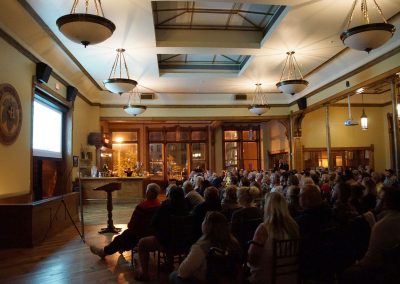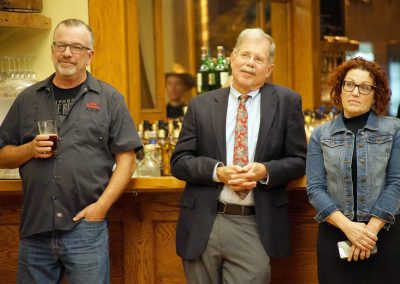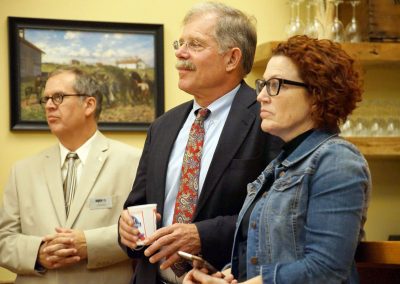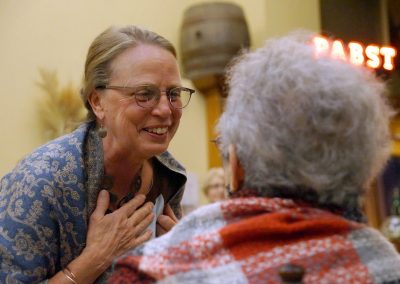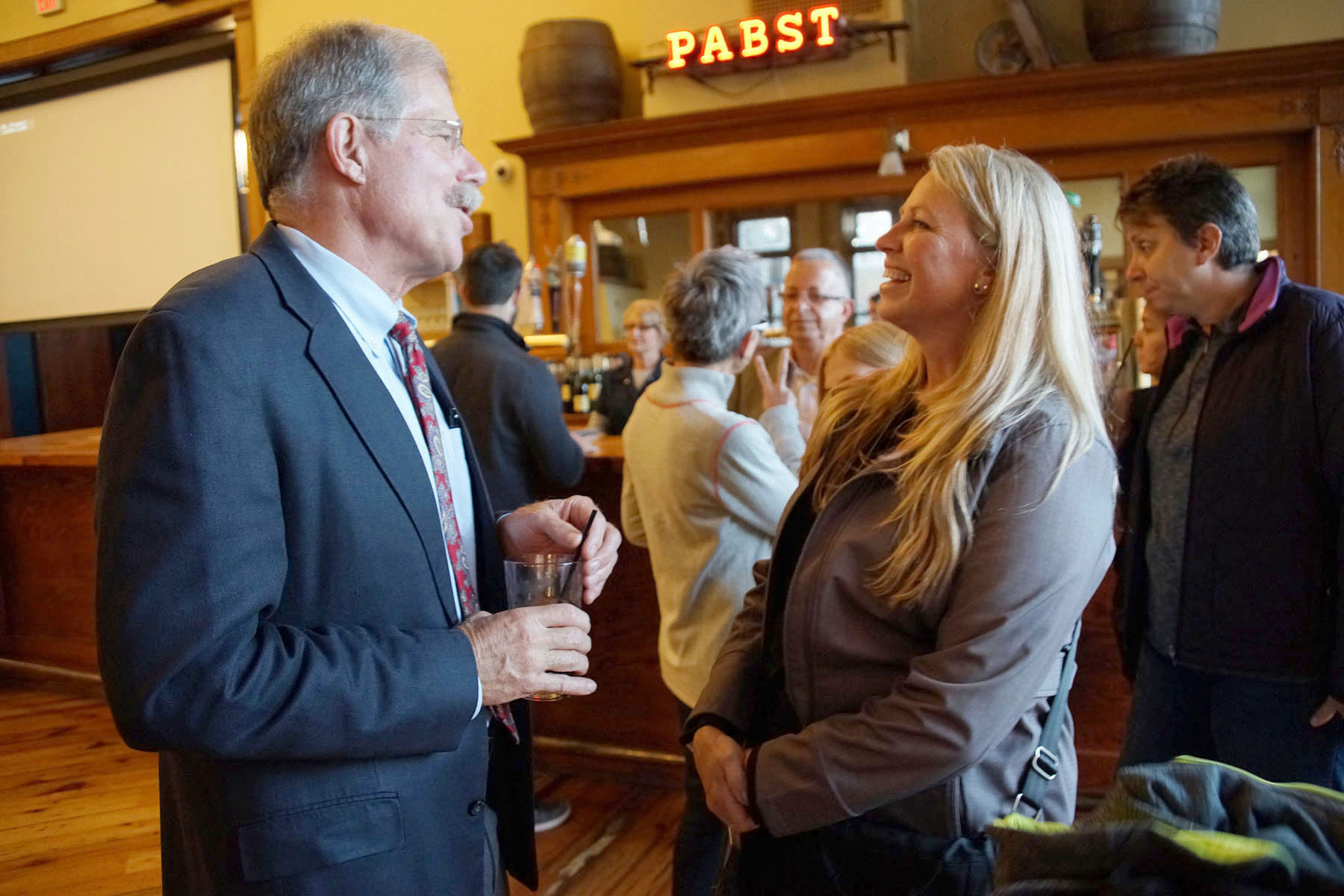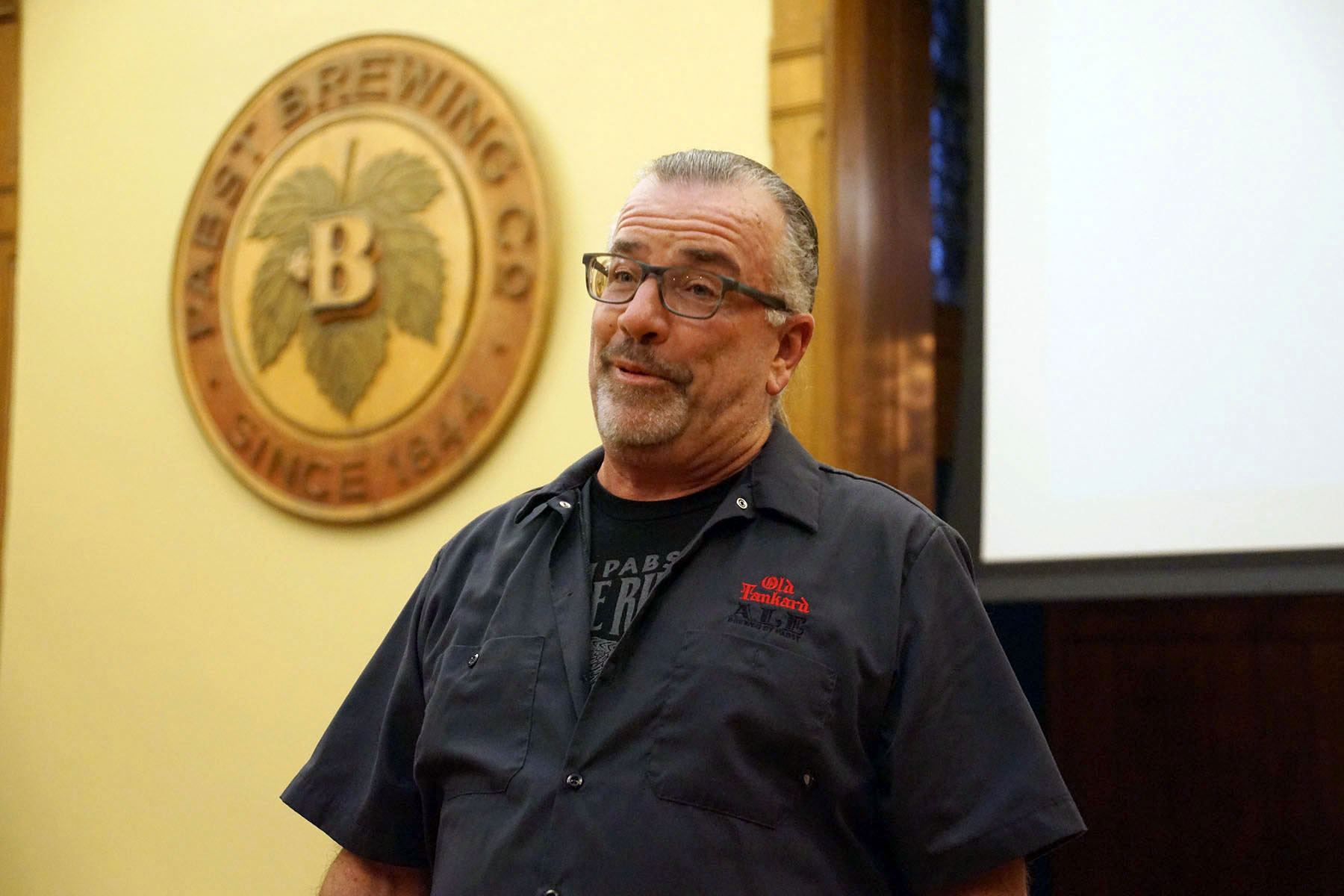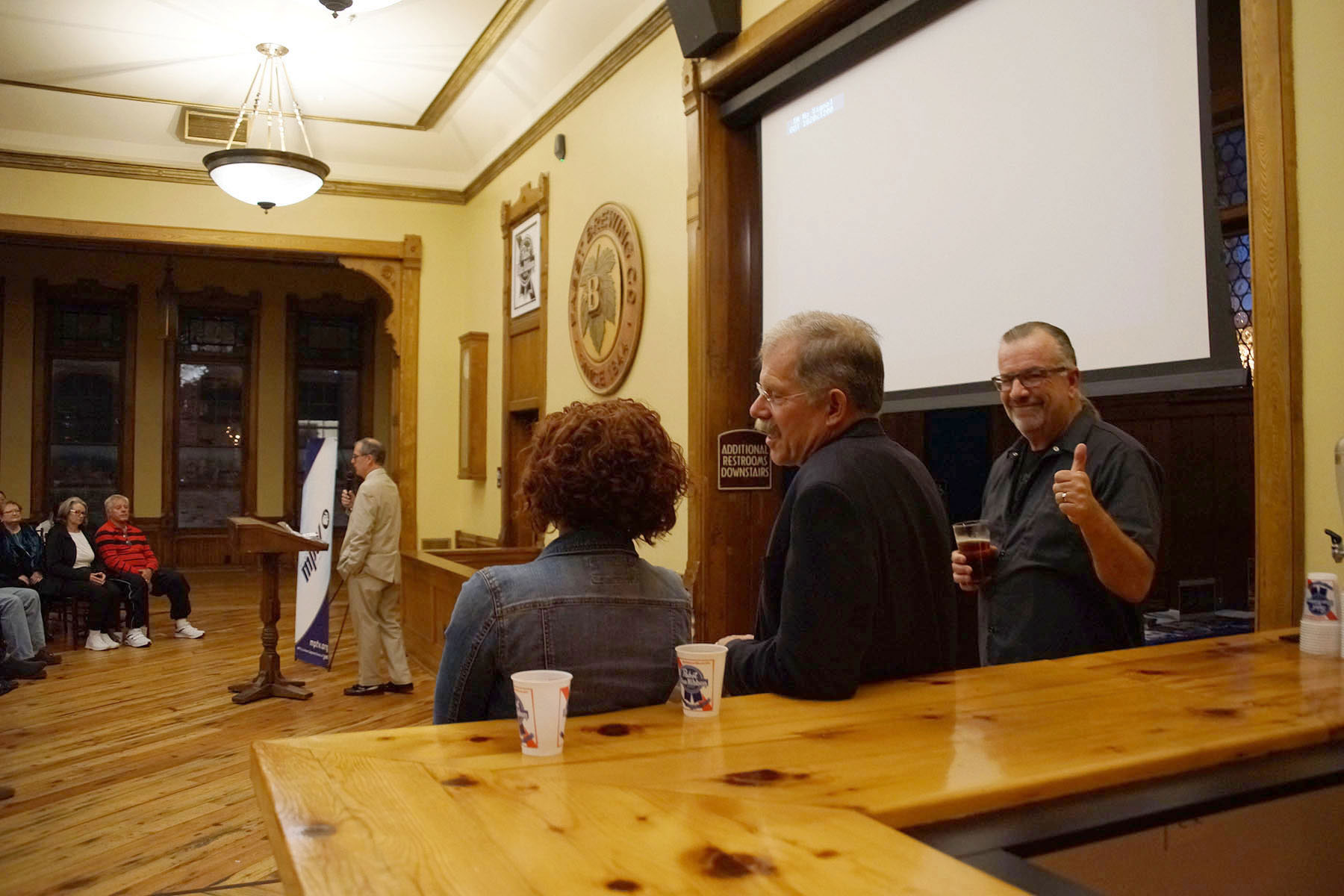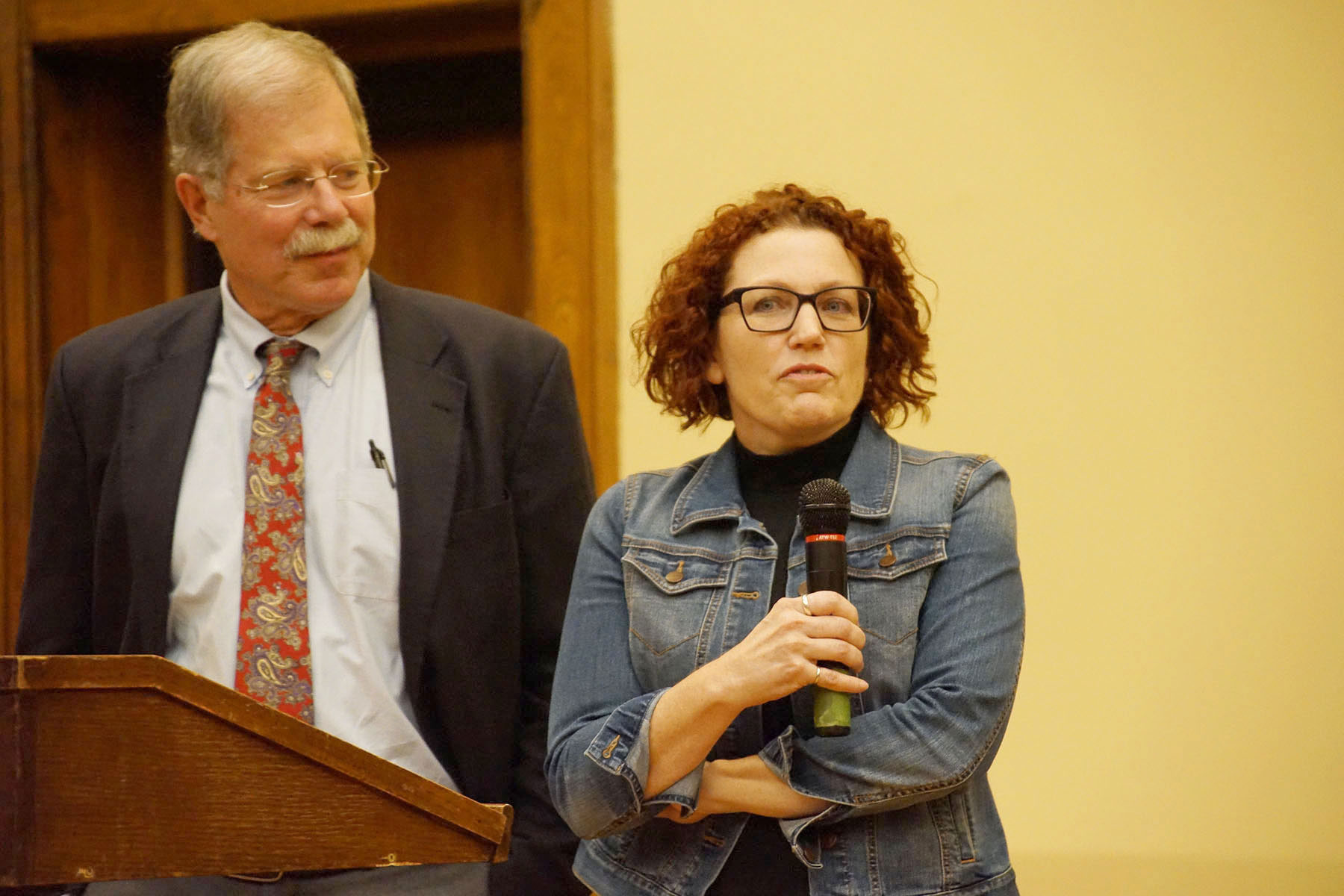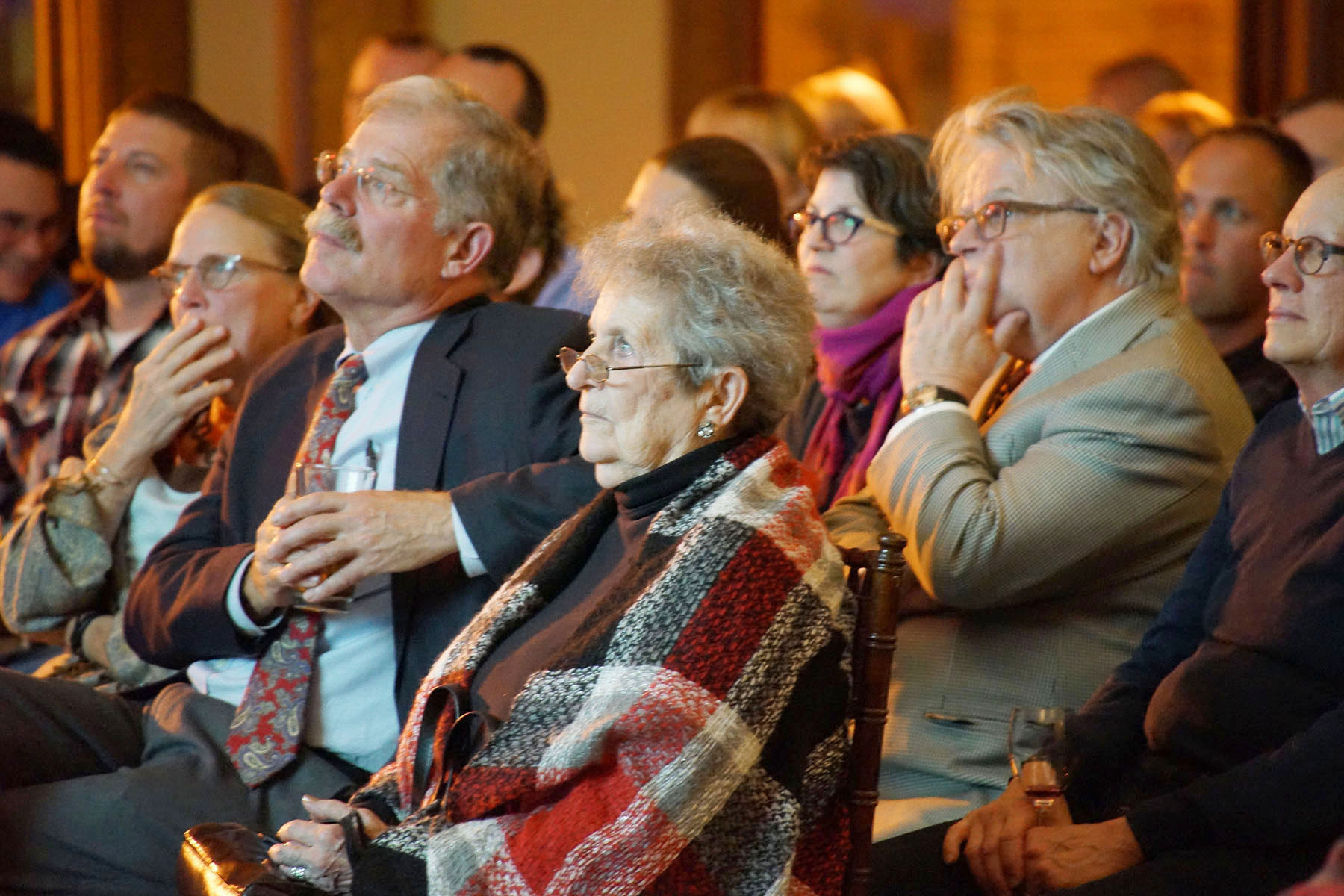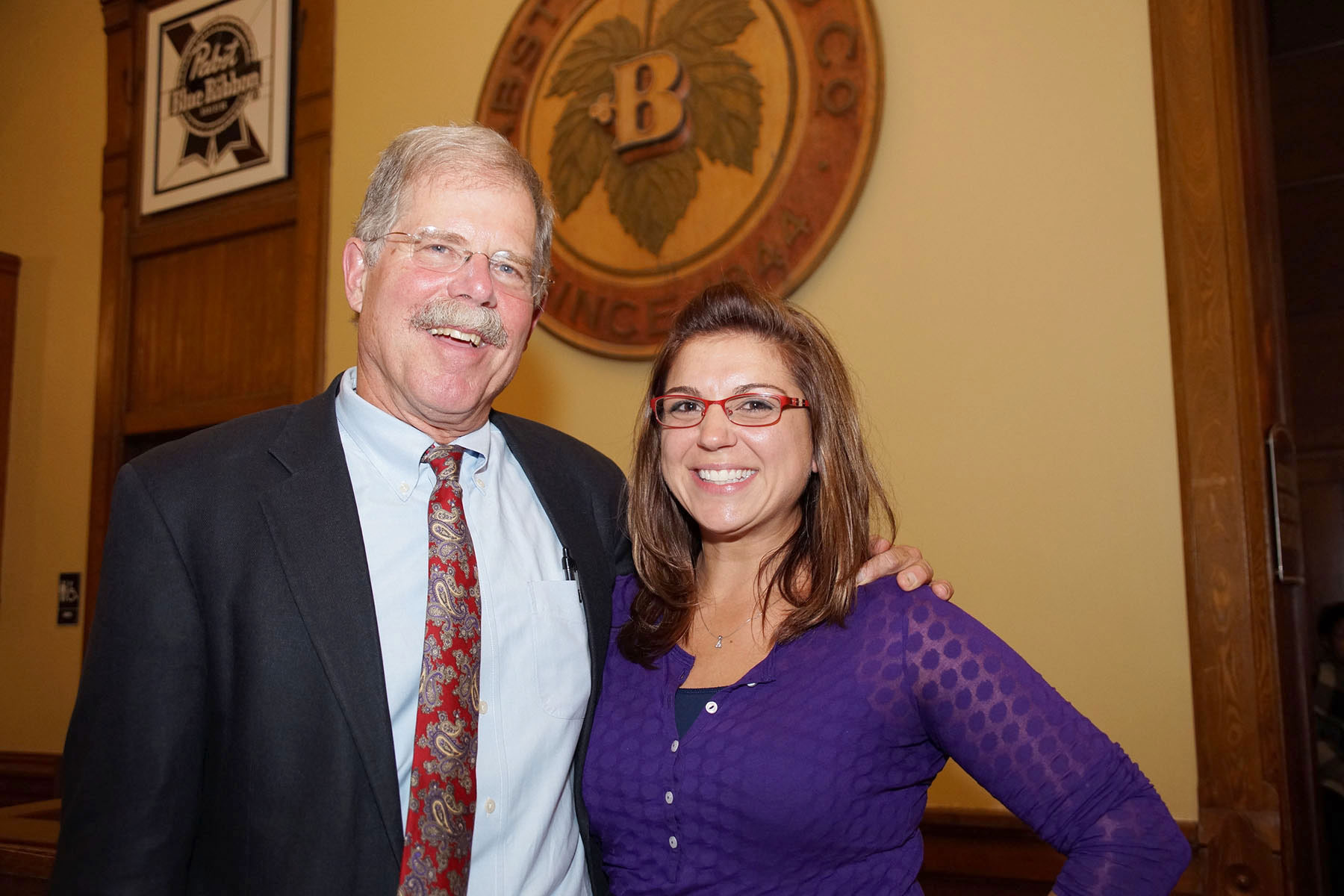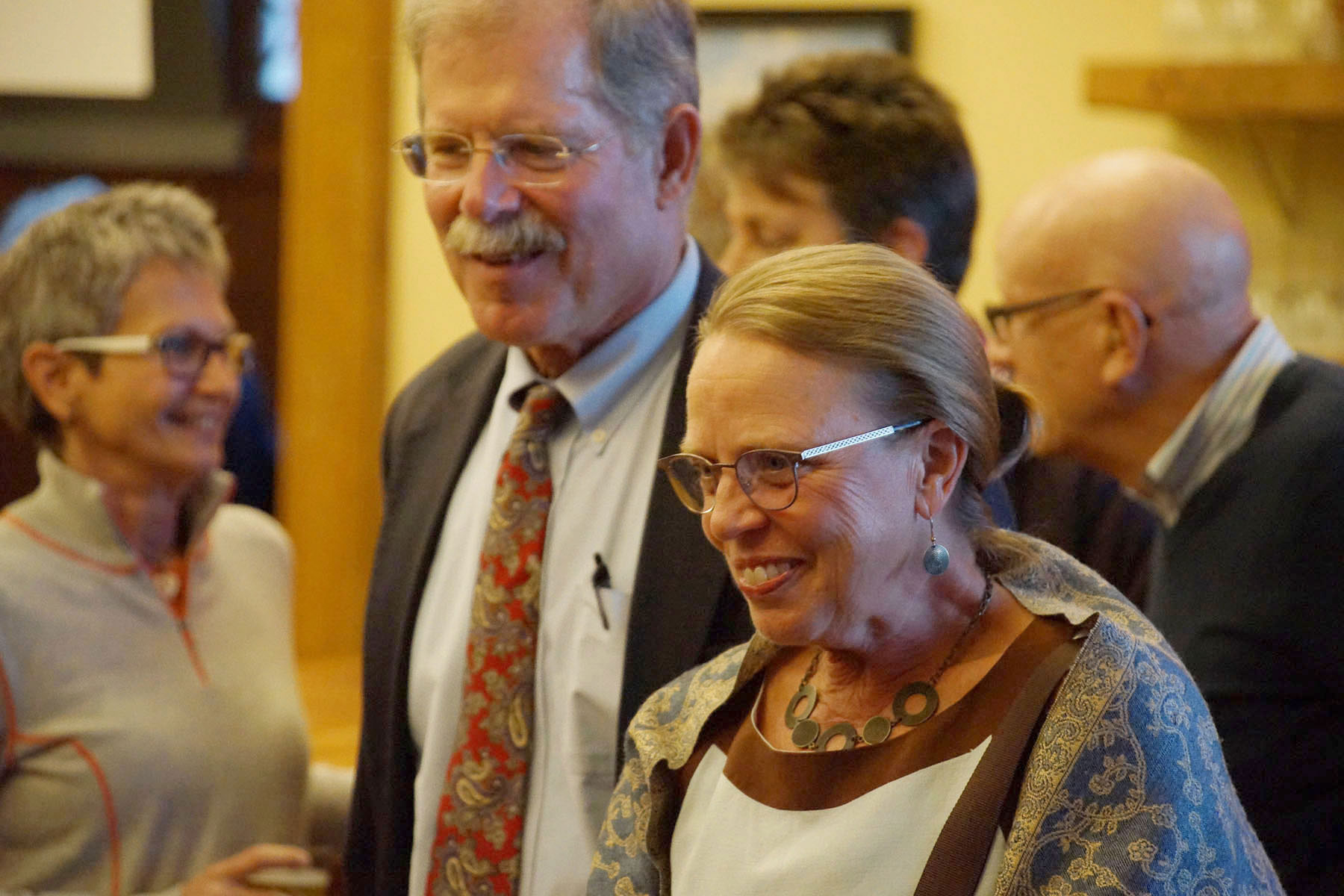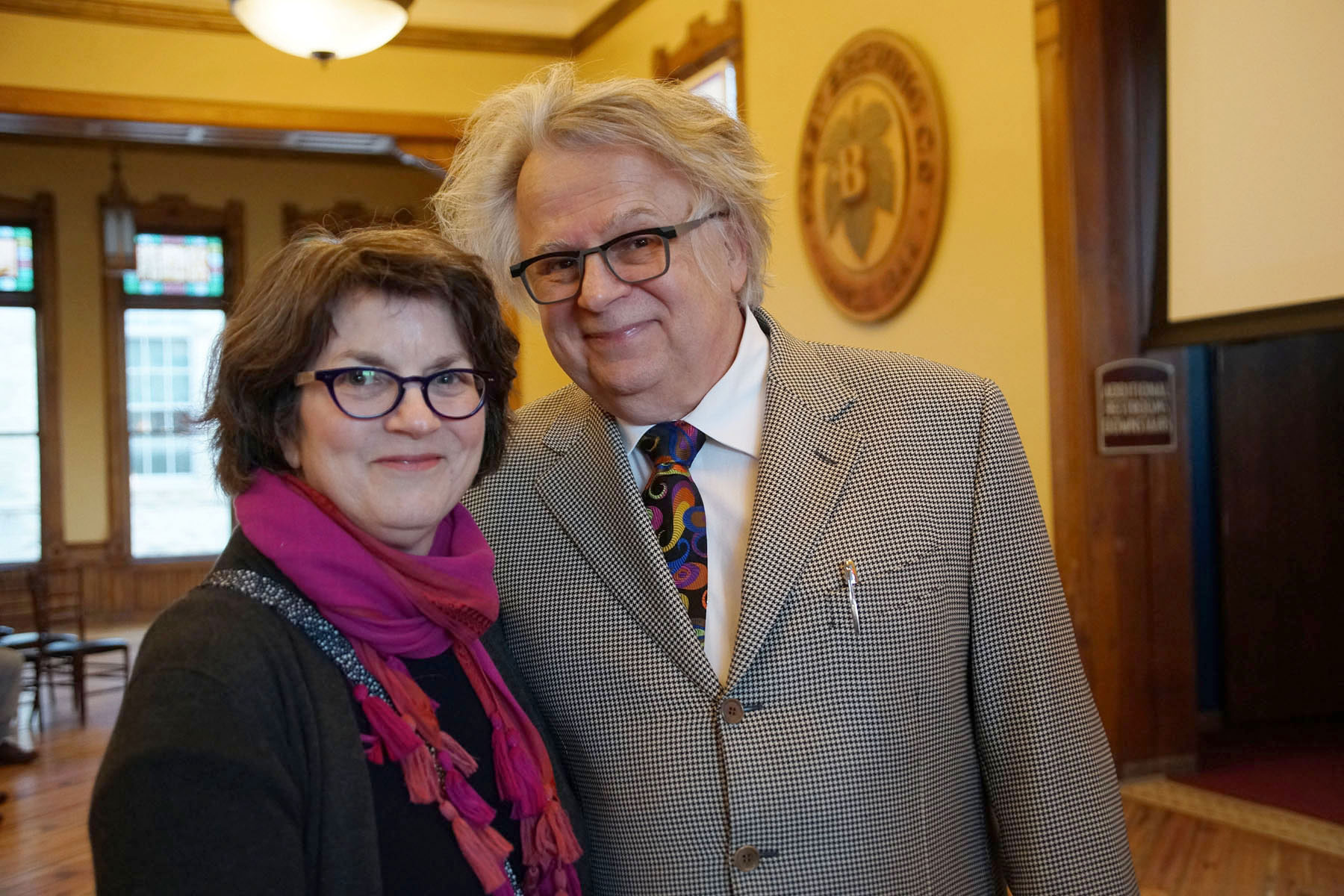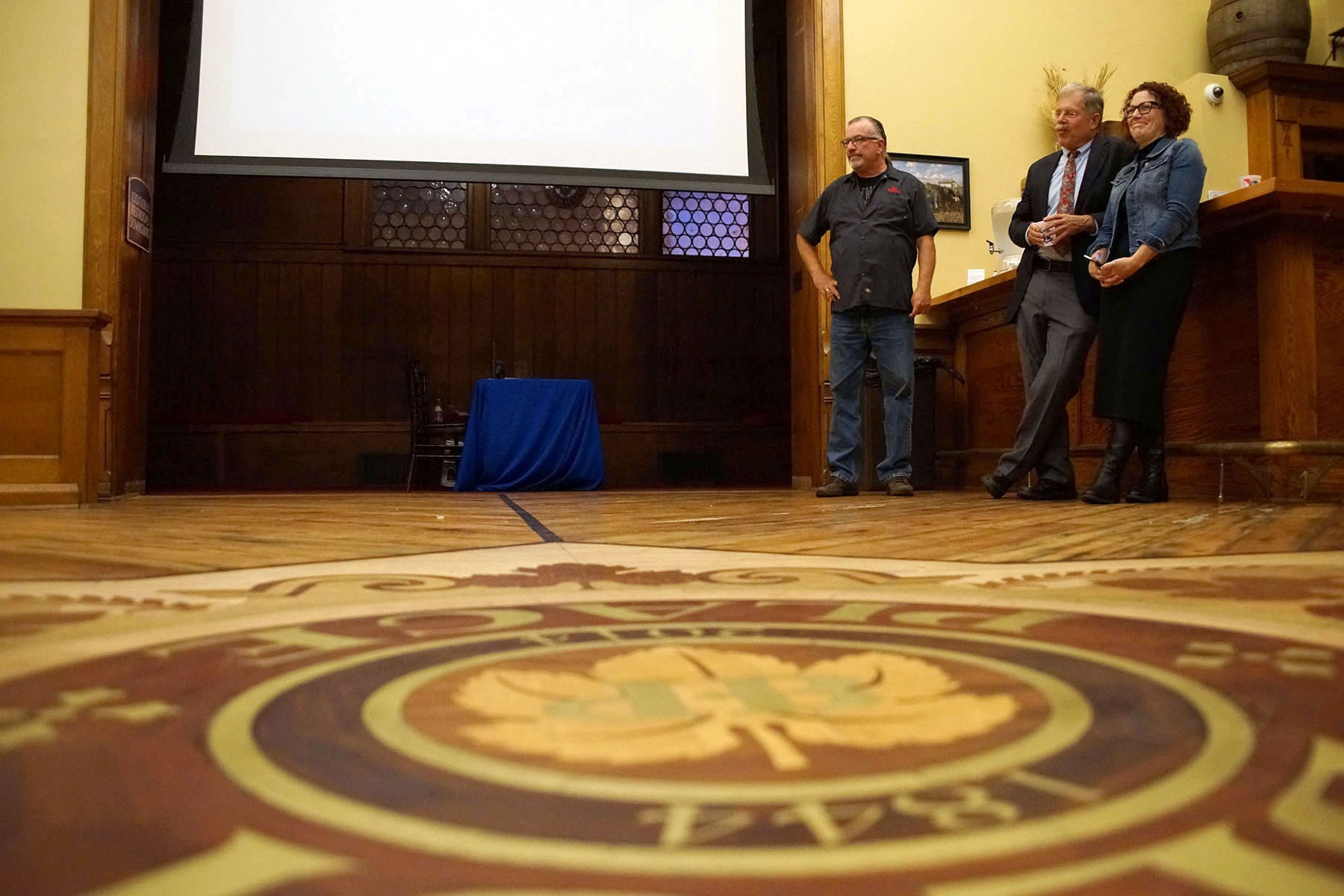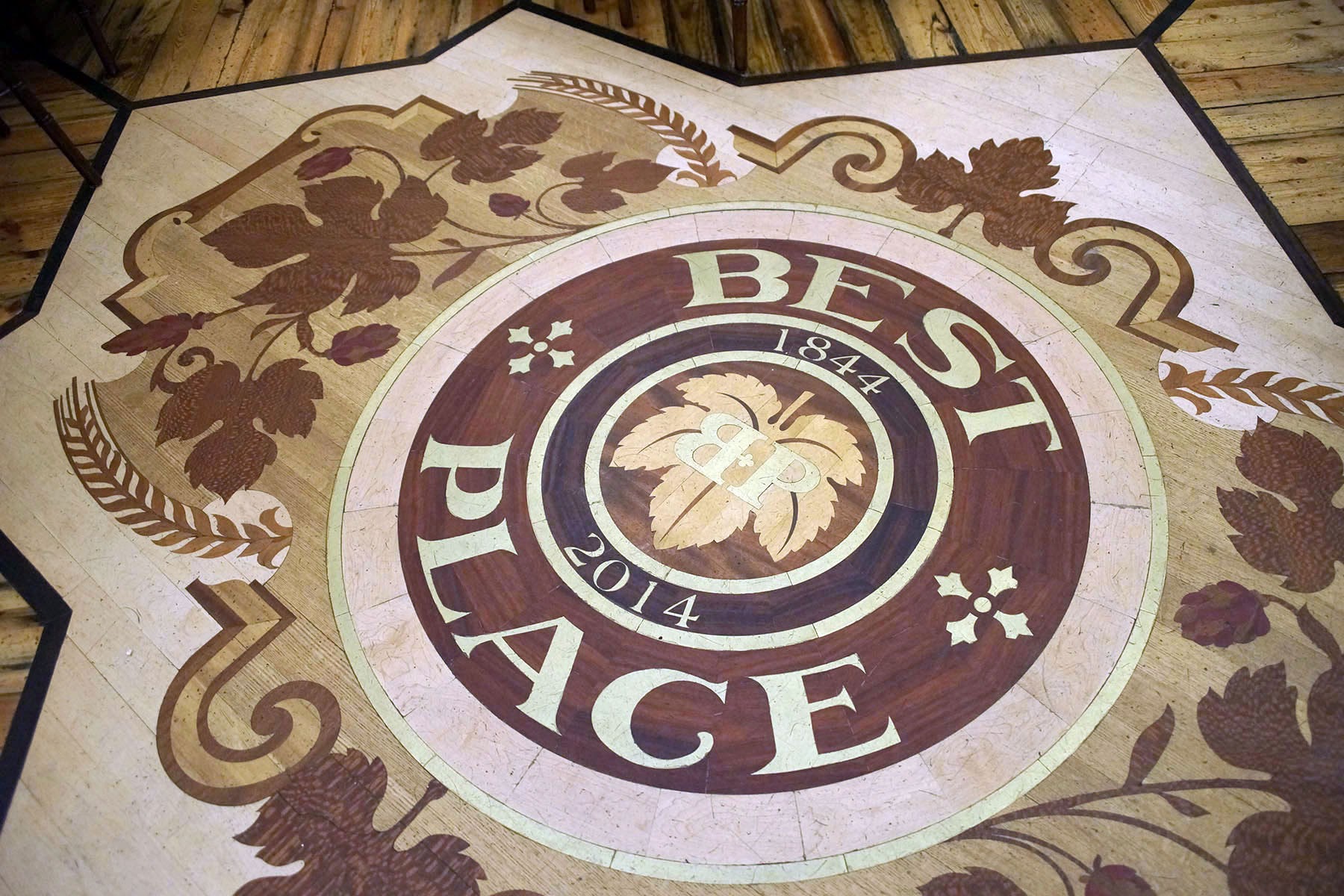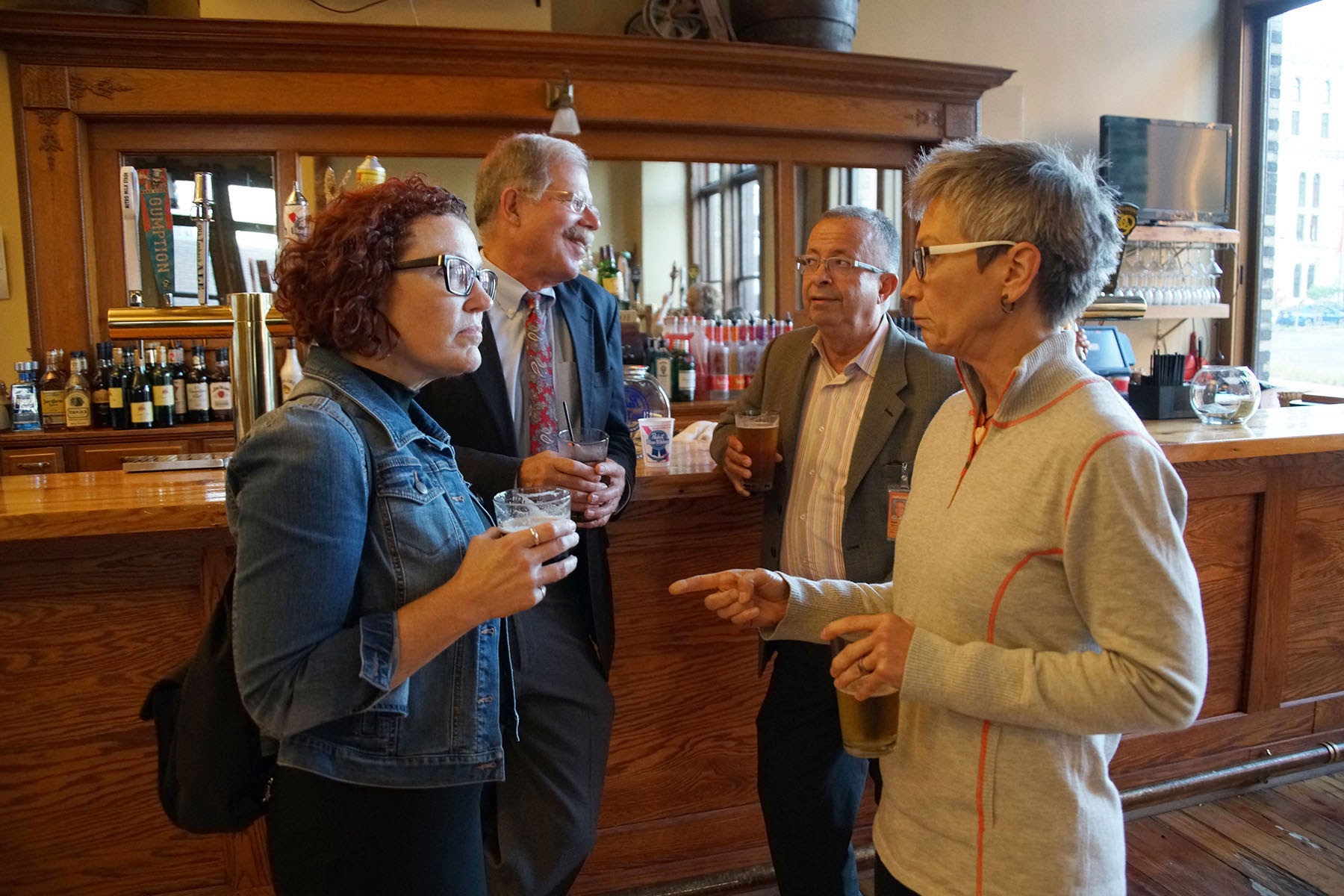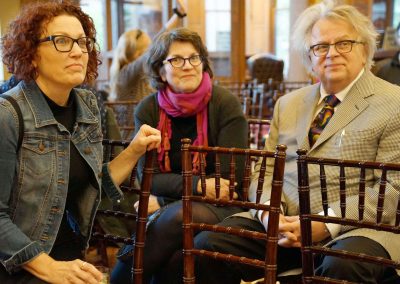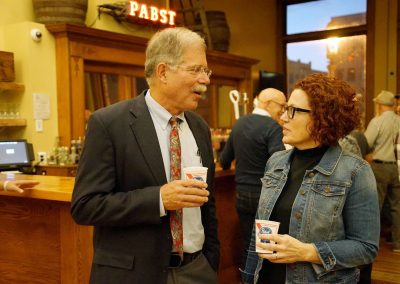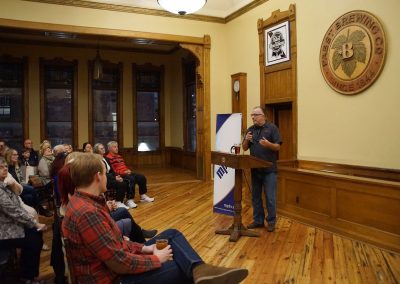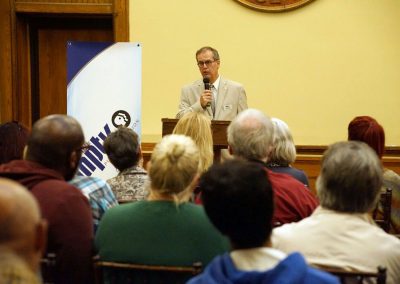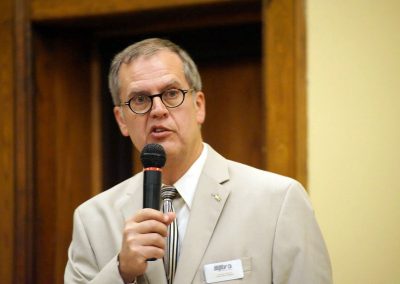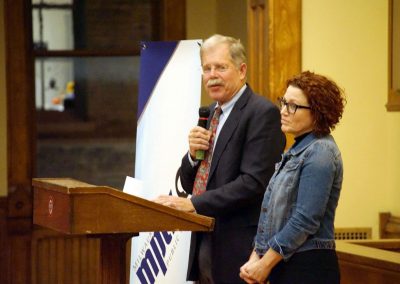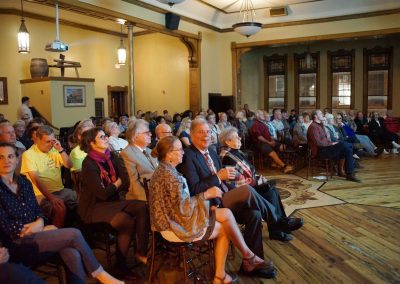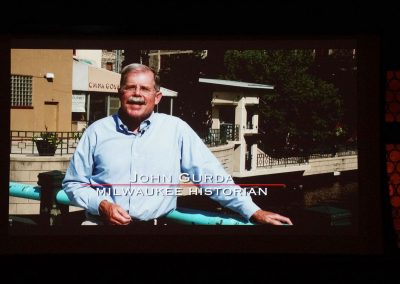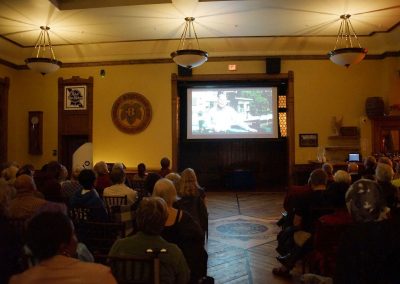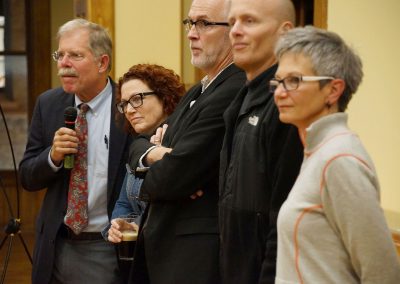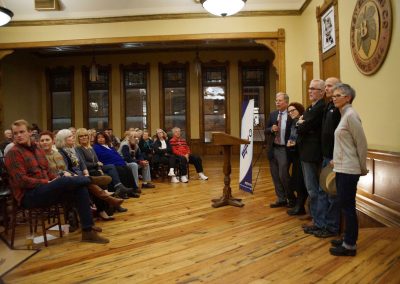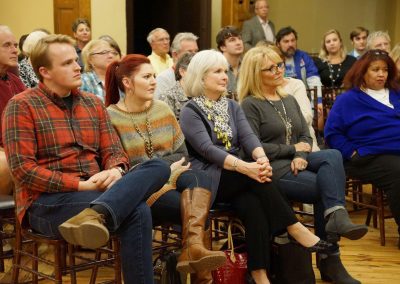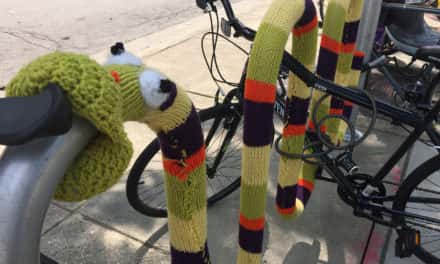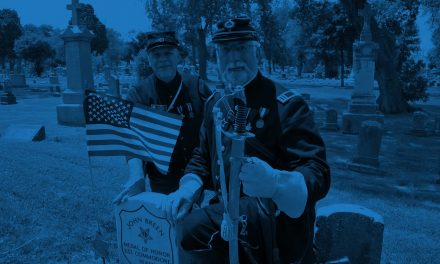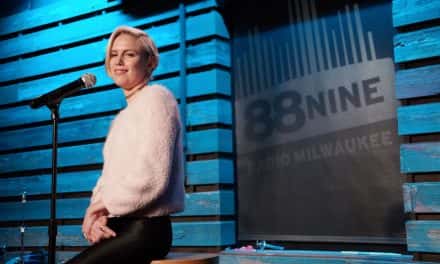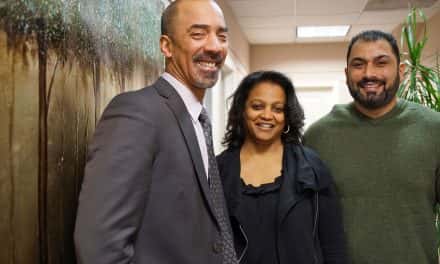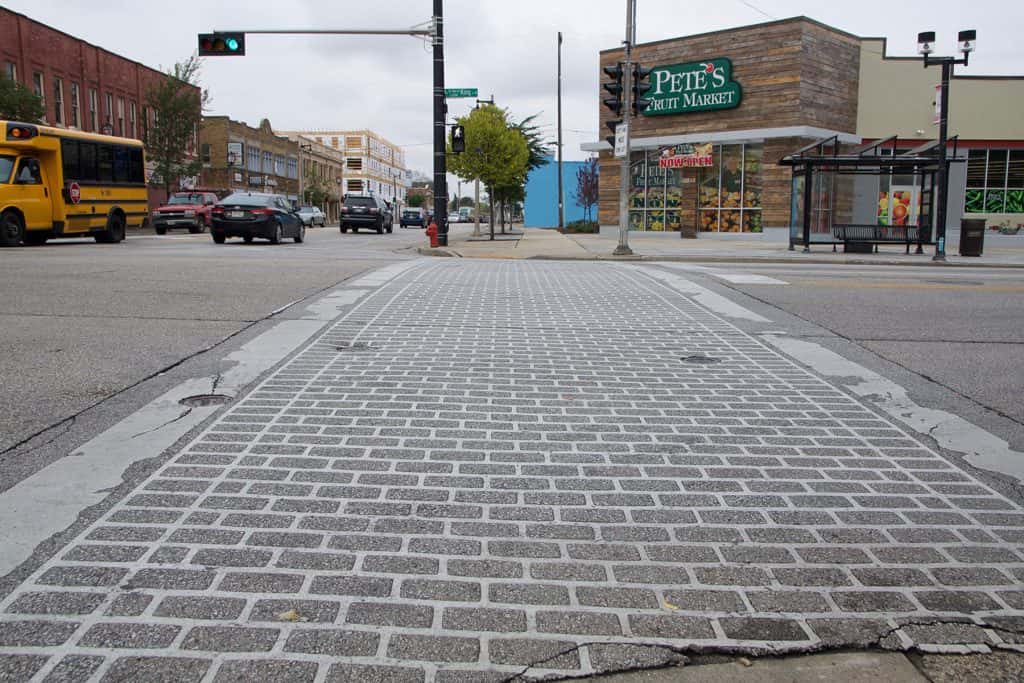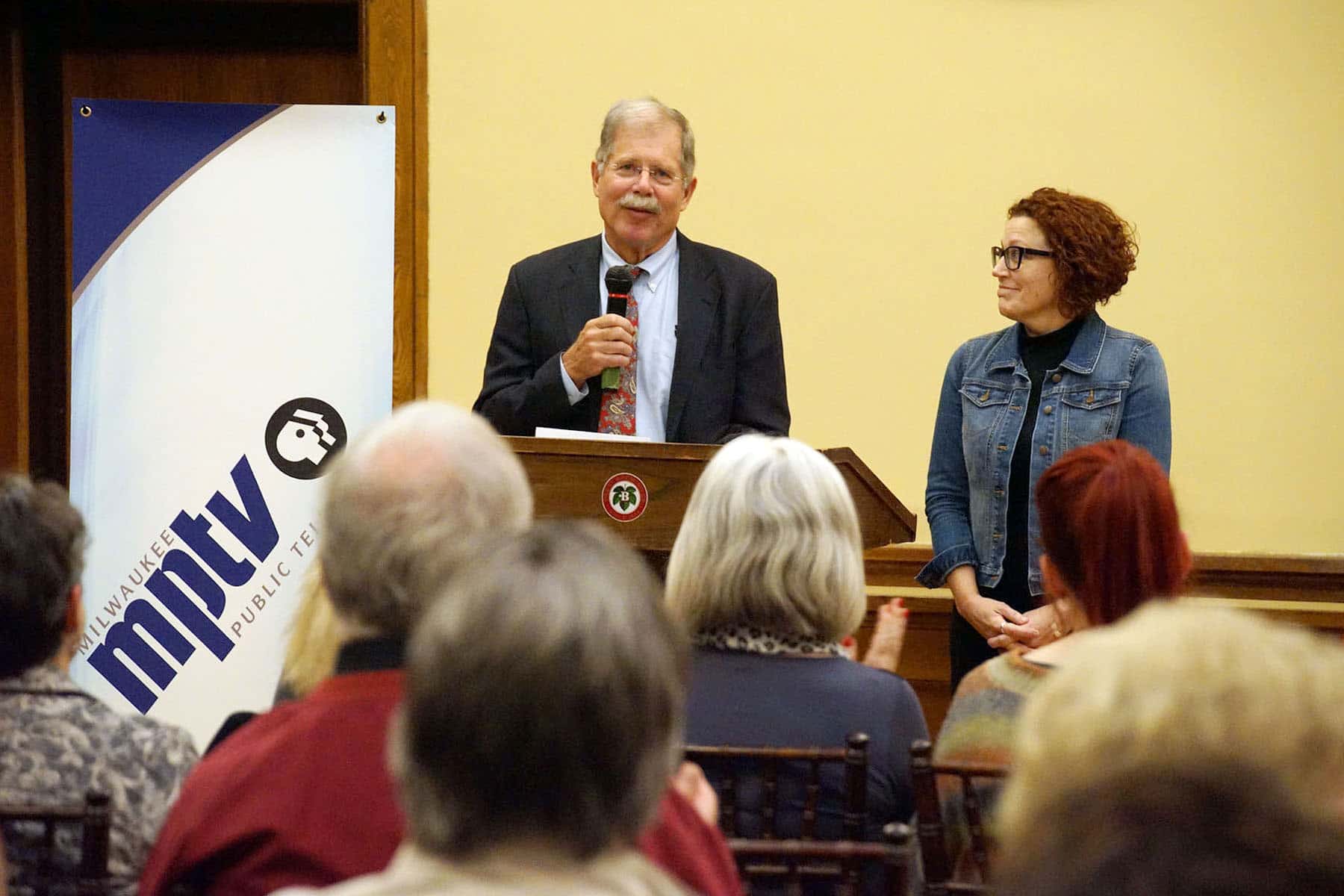
To celebrate upcoming broadcast premier of The Making of Milwaukee: The Next Chapter, the program’s producer, MPTV, held a special sneak peek on September 28 at the Historic Pabst Brewery’s Best Place.
Historian, writer, producer, and host John Gurda and director, producer and editor Claudia Looze renewed their partnership to bring viewers an updated installment of the highly popular documentary series.
“What we came up with is a half-hour program that’s different from the original series but also the same,” said Gurda. “We tried to achieve the same thematic perspective, find the same balance, and end in the same landing place of hope, but there are differences as well.”
When the five hours series premiered in primetime on October 9, 2006, it made local television history. The Making of Milwaukee was the most ambitious production that Milwaukee Public TV had ever attempted. The series also made MPTV 10 the most-watched public TV station in America for four nights running. It went on to win a Midwest Emmy Award for best documentary.
The program has since become a staple in MPTV’s broadcast rotation, and a regular feature of pledge drives. It also supports a public educational mission for children, with an 250 page online curriculum guide of learning activities.
“A couple of years ago, Ellis Bromberg looked ahead and realized that The Making of Milwaukee’s tenth anniversary was coming up, and he convened a group to plan an update,” said Gurda. “Claudia and I jumped at the chance. How often do you get the opportunity to revisit favorite territory ten years down the road?”
For the new program, Gurda and Looze had to figure out how to cover the last decade. The recent past can be rough terrain for any historian. Gurda explained it was like looking at the world through a microscope, details could be seen but none of the patterns. From a historical perspective, the last decade is almost breaking news. Coverage of the Sherman Park unrest, for example, was added after the script was done and the voice over dialogue was recorded.
“Even the most challenged North Side neighborhoods are enjoying a comeback. Lindsay Heights, no stranger to poverty and violence, has also made the acquaintance of hope. It’s the home of pioneering grassroots efforts that combine wellness, community-building, and urban agriculture. If blight clearance gives you vacant lots, grow peaches. Anyone who doubts that the North Side had developed visionary leaders of its own should meet Sharon Adams. In 1997, after a successful career on the East Coast, Adams returned to Milwaukee to find that her childhood block in Lindsay Heights had become a drug market. Instead of fleeing, she and her husband, Larry, rallied neighbors to turn the community around. The result was the Walnut Way initiative, a pioneering grassroots effort that combines wellness, community-building, and urban agriculture.” – Lindsay Heights segment, The Making of Milwaukee: The Next Chapter
In celebration of the ten year anniversary and new addition, MPTV will rebroadcast the series in its entirety, concluding with the new episode. The half-hour update chronicles a decade of dramatic change as old struggles continue to persist while a new Milwaukee rises.
The public can watch the entire series of The Making of Milwaukee on MPTV 10, October 2 beginning at 2:00 pm. The Making of Milwaukee: The Next Chapter makes is broadcast debut at 7:00 pm. The series will also air on MPTV 36 over three evenings, October 4, 5, and 6 at 8:00 pm, with The Next Chapter following on October 6 at 9:30 pm.
“The Milwaukee River has been bridged at Wisconsin Avenue since 1842. At first it joined two settlements, Juneautown and Kilbourntown, that had begun as rivals with independent street systems. That’s why the bridge has always crossed at an angle. In 1846, after a small-scale civil war, the separate settlements rose above their divisions to become a single community. Milwaukee has been one community ever since. Not without divisions, not without differences, but one nonetheless. Today, as a new generation makes its way to the river’s edge, Milwaukee takes up a task as urgent as it is ancient: building a bridge to a bright future that everyone can cross.” – Ending segment, The Making of Milwaukee: The Next Chapter
© Photo
Lee Matz

